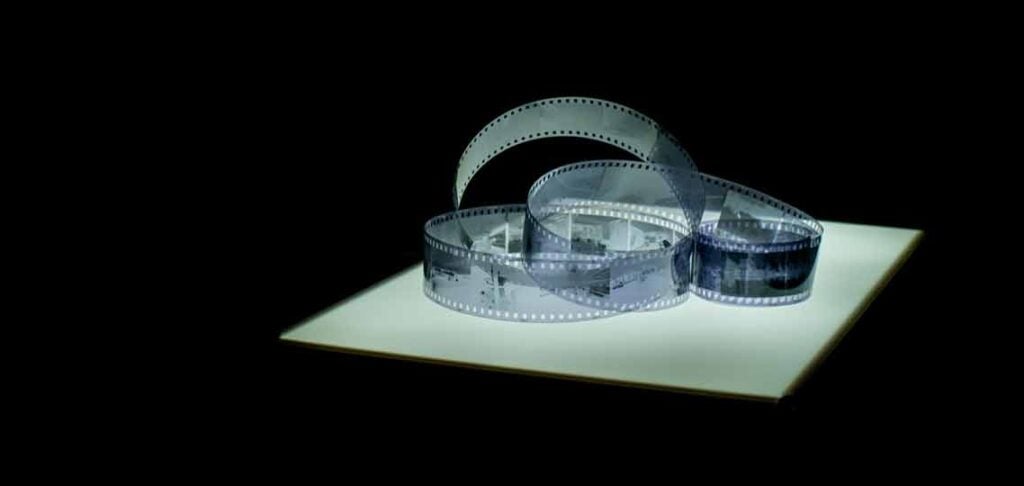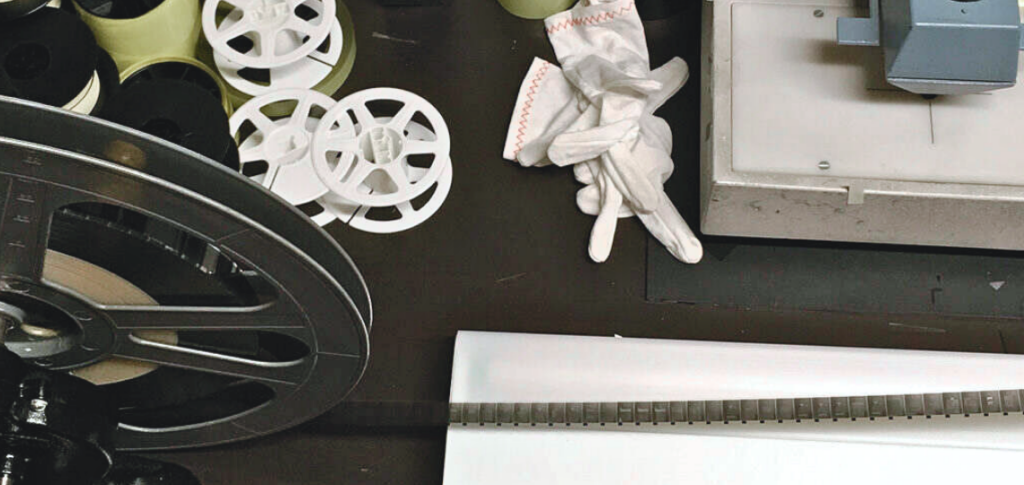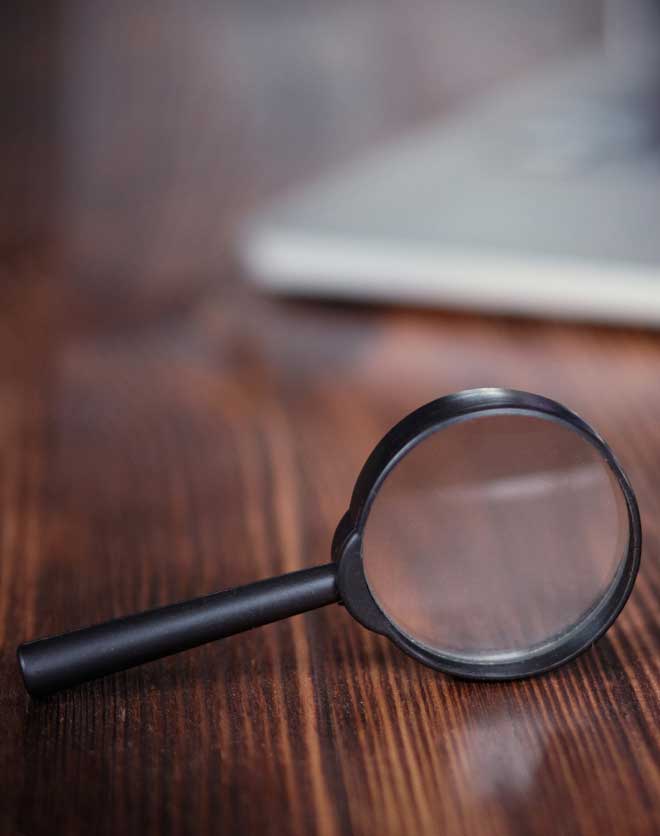Header image provided from page 29, volume 40 of the Hazel W. Niendorff Scrapbooks on North Pacific Marine Casualties and Maritime History Collection
If you are researching the maritime history of the North Pacific, the scrapbooks created by Hazel Niendorff between the 1920s and the 1960s may be a resource for you. The collection, which includes clippings, transcriptions, and more, has been housed and cared for by the Museum of History & Industry (MOHAI) in Seattle, Washington, since 1989. For decades, it has served as a quintessential reference point for researchers, particularly those investigating marine casualties from that era.
Backstage is putting the final touches on digitizing the microfilm copies made after the collection’s acquisition in 1989. Soon, these titles will be more accessible to patrons. The collection has been special to work on for Backstage, partially because of its one-of-a-kind subject matter and curation. However, it’s more than just that; there’s a unique element that makes it stand out for us.
Twenty years ago, one of our current staff members was responsible for creating the very same microfilm.
Targets Worth A Thousand Words
“These books were very rare, very valuable,” Diane recollects, “and we were supposed to be very careful with them as we worked.”
Before Backstage, our Bethlehem office was the center of OCLC’s Preservation Service Center solution. With the magnitude of the project that MOHAI was considering, the company opted to move the project on-site to a facility in Washington. It’s there that Diane Nagy worked, alongside a handful of others, to provide high-quality microfilming of the collection. The practice of Continuous Tone Filming (CTF) was a hallmark of OCLC and the project.


Last year, Backstage was contacted by MOHAI to begin discussing digitizing the Niendorff collection. It was as Jimmy Wolff, Digitization Operations Manager, was evaluating a sample of microfilm that he noticed a very familiar name on the microfilm targets.

“I was inspecting the reels for a sample and noticed Diane’s name on the target with the OCLC logo; but, the location was stated as Washington,” Jimmy recalled. “I did some digging to find out we had a camera set up in Washington state and Diane had traveled on-site to film the collection. It really can be a wild ride when you come across something that was preserved on film – what, twenty years ago? – that’s now going to be digitized all that time later, by a slightly different company, and with that same microfilm technician sitting across the hallway. It’s like witnessing the evolution of preservation life.”
From Scrapbook, To Reel, To Digitization
Because scrapbooks are unique with odd edges and odd image sizes, it takes a little bit of extra time to get them ready for image review. The collection, which is comprised of 74 scrapbooks and 5 maps, contains many different media types. All the information regarding marine casualties, the industries of the Pacific Northwest, and transcriptions pulled out of old books on maritime history is assembled in a collection of brochures, pamphlets, naval charts, newspaper clippings, and more. This creates a rich basis for researching primary and secondary resources, but it creates a bit of a puzzle when you evaluate it for digitization. Or, as it was initially, microfilming.
“With this microfilm, it was basically a straight shot,” explains Anna Newman, Digitization Project Manager and primary Backstage contact for the project. “As part of the Reel Deal Plus service, we intensively pull-out eye level targets for a separate delivery, perform thumbnail review – which means we rotate for right-read – and pull out structural metadata on the volume level, from the eye legible targets or from the volume itself.”
Evolution of Preservation Life
It was the collection’s increasing fragility that led MOHAI to pursue microfilming. As one of the foremost, if not only such records of shipwrecks and maritime disasters in the Pacific Northwest, MOHAI’s goal has always been to make Niendorff’s works accessible while maintaining their physical integrity.
“Its pages are made of acidic paper and have begun to crumble in places—and there are numerous clippings that have become detached,” describes Carolyn Marr in 2004, writing for the Quarterly Publication of Seattle’s MOHAI, Old News. The article describes the Washington Preservation Grant which made the initial preservation and increased accessibility to the collection possible. Years later, MOHAI hopes to now make it so that this rare collection is even easier to view and discover.
“We are also interested in being able to make more of our collection materials available to researchers and the general public remotely, which the digitization will allow us to do,” says Jody Hendrickson, Archivist with MOHAI’s McQuaid Resource Center.
What will happen to the microfilm? And what happened to the original materials, back in the 90s? MOHAI retains the original materials, safely stored and preserved from frequent viewing – some of which was never microfilmed. And, at least one set of microforms will remain a part of the collection for archival sake. Thirty years of archival and preservation standards are represented in this special collection and, now, with the digitization wrapping up, the increased modality of the collection should give it the discoverability it deserves.
“Coincidentally, this afternoon we have 2 researchers coming in to look at the Niendorff microfilms. We are really looking forward to being able to provide the digital copies soon!”
You can review the finding aid and inventory for this collection online. If you’d like to know more about outsourcing with Backstage or have questions from something in this guide, call us at 1.800.288.1265, visit us online at www.bslw.com, or send an email to info@bslw.com.
References
Carolyn Marr, “MOHAI Awarded Grant for The Niendorff Marine Disaster Scrapbooks,” Old News, (Summer 2004): 15.





